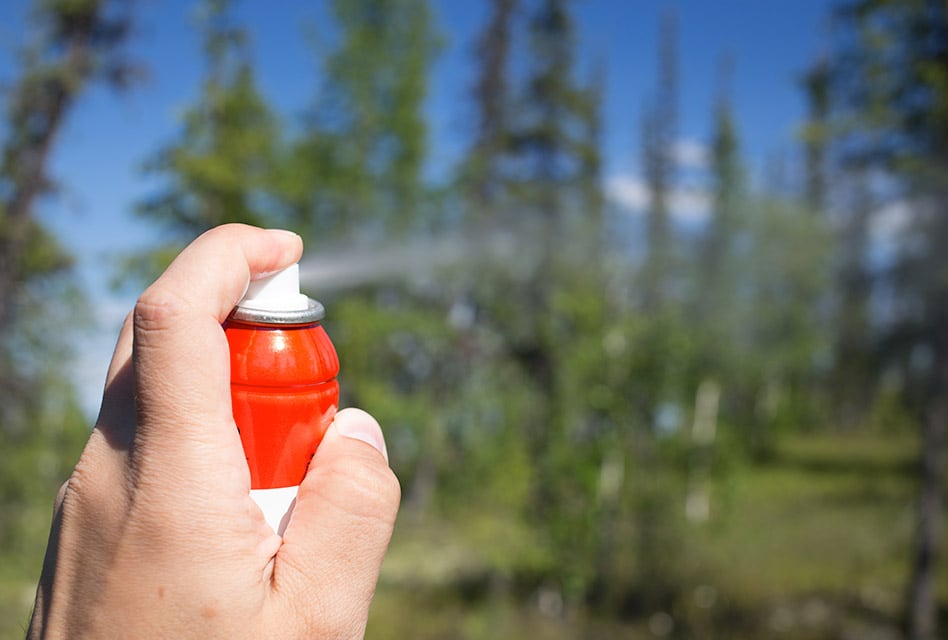Parts of the World with the Worst Mosquito Problems
Find nearby providers to get rid of mosquitoes today
Many people view mosquitoes as harmless, but in many parts of the world these pests are more than a nuisance. Known as vectors, or disease carriers, these flying bugs feed on live blood and spread serious illnesses such as malaria, West Nile virus, equine encephalitis, and even canine heartworms.
Where They Are
Mosquitoes thrive in not only tropical and sub-tropical areas, but also in many arid regions. Warm, humid areas are the perfect breeding grounds, but there are also species that thrive in desert conditions such as New Mexico and Arizona. The Eastern United States was seriously afflicted with vector borne illness until the advent of DDT in the 1940’s.
If your plans include travel to the following regions, it would be wise to take precautions.
- North America
- South America
- Central Africa
- South Africa
- Asia
What Diseases They Spread
Mosquitoes carry a number of dangerous diseases. While few are prevalent in the U.S., many are common in highly-traveled parts of the world.
- Malaria
- Dengue Fever
- Encephalitis (human, equine, and canine)
- Yellow Fever
- West Nile virus
- Rift Valley Fever
Prevention
Avoiding mosquito bites is the best prevention there is, but how do you do this?
- Steer clear of areas known to carry the infectious pests is key, so do not travel during an outbreak, or when mosquitoes are swarming.
- Always use a mosquito net when sleeping.
- Use insect repellents at all times when visiting an area with a high exposure rate.
- Consider adding in alternative repellents such as Avon’s “skin so soft” line of lotions and menthol-based products.
- Utilize citronella candles in outdoor areas.
- Do not wear perfumes or scented deodorants and lotions, as they are known to attract insects.
- Keep yourself covered up. Wear long sleeve shirts, pants, and even hats with netting to reduce the odds of being bitten and infected.
- Purchase a bug zapper to keep outdoor and patio areas clear.
- Practice source reduction by clearing away bodies of standing water.
- Make sure road drains are free of leaves so they do not collect water.
Eradication Efforts
DDT, and DEET spraying has nearly eradicated mosquito problems in some areas of the Americas, particularly the northeastern states. However, there is heated debate about the impact of eradication efforts. Some scientists believe that other species of insects would fill the void if mosquitoes were gone. Others hypothesize that eradicating the bugs could lead to a hole in the food chain, which may have devastating effects on the environment. Some species of plants are dependent on mosquitoes to help in their pollination, and some species are the main source of food for other insects.
Impact on Ecosystem
Despite the nuisance they cause, mosquitoes certainly play a part in our ecosystem. The long-term use of pesticides could cause problems to both human and other species of plants and animals. Most states have legislation requiring those who use commercial grade pest repellents to undergo special training and certification prior to usage.
Eradication efforts over the years have already led to gene resistance in some strains of mosquito species. But scientists are working on ways to alter gene sequencing in some mosquito species to lower their susceptibility. We are also utilizing “mosaic” eradication methods that combine different pesticides to lower mosquito populations.
DEET spraying has been found to be highly effective in reducing mosquito populations, but not without a price. Side effects in humans range from headache to nausea. This controversy has led people to try more natural and holistic methods such as planting basil or geraniums that naturally contain citronella and geranella to repel the pests.
A more holistic solution, at least for small bodies of water, is Bacillus thuringiensis israelensis. This natural bacterium thrives on mosquito larvae, but is safe for fish and humans. It is also available at most garden centers so it is easy to obtain.

